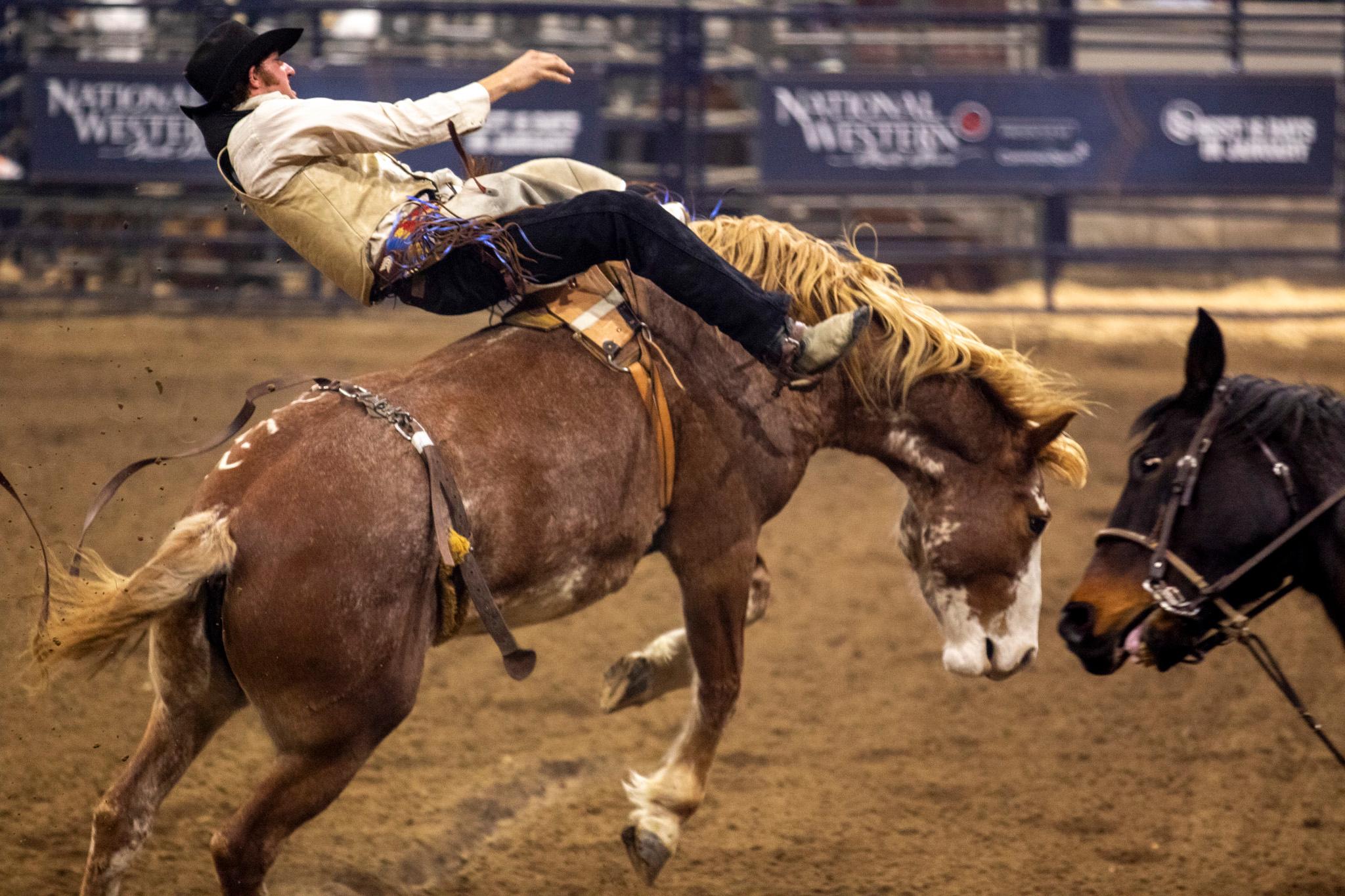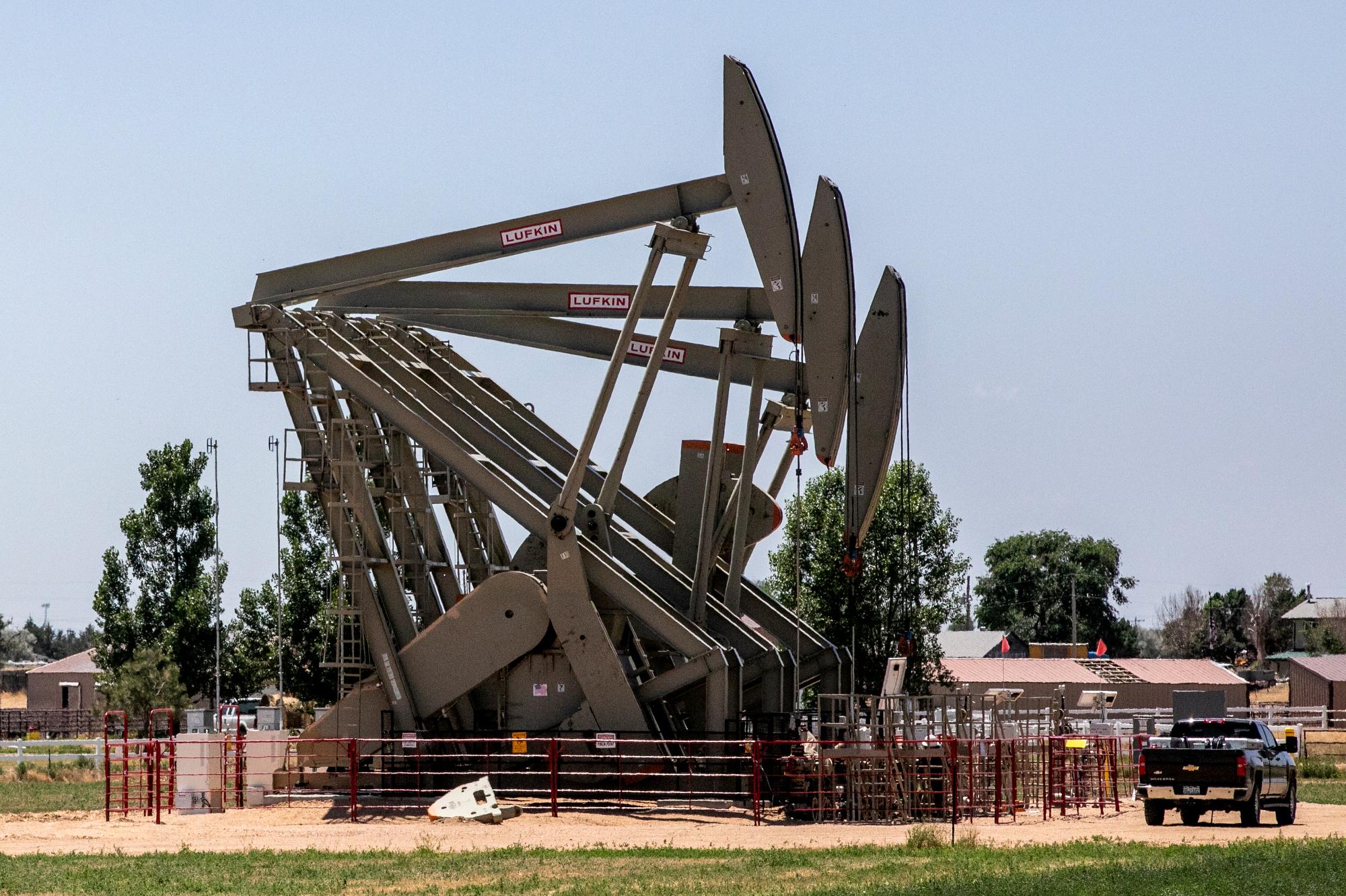Everytime someone in a Front Range city turns on the tap, the water flowing out has a history. Much of it used to go to irrigate thriving farms and support communities on the Eastern Plains. As cities flourish, parts of rural Colorado are drying up. Colorado Public Radio’s Megan Verlee has the first of two stories on how people are trying to change that story.
Here's a transcript of Megan Verlee's report:
ORVILLE TOMKY: "Hell, boy, you ought to have seen the beautiful crops we had here. Oh you never saw such beautiful alfalfa grew up here."
REPORTER MEGAN VERLEE: It’s hard to imagine the landscape Orville Tomky is describing as we drive along back roads near his home in Crowley county. The alfalfa is long gone. So are the sugarbeets and melons Tomky’s neighbors used to plant. Instead acre after acre of dry grass stretches outside the car windows. And those are the good parts. Many of the old fields are just stubble and bare dirt.
TOMKY: "...But look that the way them late weeds have come up. God dang it... See they grazed that and ain’t no grass hardly in there. It’s just that kosha weeds."
REPORTER: Tomky remembers when things here changed. In the 1970s a run of dry years and the closure of the sugar processing plant had a lot of farmers in a financial squeeze. And that’s when a group of cities came to Crowley looking for water.
TOMKY: "They said, 'we’ll give you thirty days. And if you don’t sign up in thirty days, we’ll never buy your water, we won’t even talk to you.' Everybody just went crazy to get the money, you know. Things were tough and a lot of them owed money and a lot of them had poor farms."
REPORTER: It’s called 'buy-and-dry.' The farmers keep their land, but their water goes to the city. That first water deal was followed by several more and a few decades Crowley county changed completely. This is semi-arid land; rainfall alone isn’t nearly enough to grow crops.
TOMKY: "Before the water sold, there was over a thousand farms, on 80 acres, 100 acres, 40 acres. And now there’s only 11 of us. It ruined the county."
REPORTER: And Tomky says Crowley didn’t just lose its farms. When those farmers stopped buying tractors and hiring laborers, the towns dried up too.
TOMKY: "Now Olney Springs, when I came there, they had two filling stations, a hardware store, bar, and two garages. Now the only thing that’s left is a cafe and it changes hands about every other year."
REPORTER: Tomky still mourns the changes to his county. But John Stulp, the governor’s water advisor, and a farmer himself, says it would be a mistake to see the farmers as victims in this story; for many, being able to sell their water rights is a godsend.
JOHN STULP: "If you do not have sons or daughters who are willing to come back to the farming operation, oftentimes a farmer’s irrigated water rights become their 401K, their retirement fund."
REPORTER: We’re talking about some big money here. Rights to the most desirable agricultural water can go for more than $10,000 dollars an acre-foot, and farmers often own hundreds of those. Cities are always looking to buy. It’s hard to pin down exactly how much of the state has gone back to grass, or is on its way. because of urban water buys. But best guesses put the number at hundreds of square miles. State Supreme Court Justice Gregory Hobbs is an expert in Colorado water law. He says what happened in places like Crowley county made Colorado officials more cautious about water deals between cities and farmers.
HOBBS: "People realized that the tax base was being affected by these transfers. So the legislature basically adopted what I’m going to call mitigation."
REPORTER: Now the cities can’t just buy the water and walk away, they’ve got a lot to do before they ever see a drop of it.
HOBBS: "The legislature has provided there must be re-vegetation when water is permanently removed. There are in leiu taxes that must be paid to support the local library and fire district and town, for thirty years."
REPORTER: New water deals often come with even stricter mitigation requirements that that. The change is on full display not too far south of Crowley county, around the town of Rocky Ford. This area is famous for its melons but there are a lot fewer of them growing today than there used to be. Starting in the 1980s the city of Aurora bought water rights to dozens of farms here. And it’s still working to return those fields to native grass. Range worker Rick Kienitz shows off his efforts.
RICK KIENITZ: "This right here is blue gramma, we’ve got side oats out here, buffalo grass..."
REPORTER: Kienitz says re-vegetation isn’t as simple as throwing some grass seeds on a bare field. It’s a tricky process; the city’s spent years, and a lot of water, to establish thriving grasslands.
KIENITZ: "We want it to be sustainable. We don’t want it to look like a dirt patch, we don’t want it to look like a weed patch. It’s not going to produce melons ever again, it’s not going to produce corn, but it’s going to produce feed, and it’ll produce good grass-fed beef."
REPORTER: Aurora’s commitment won’t end when the cows start grazing. The city is responsible for keeping these grasslands in Otero county healthy for the next three decades. At the same time, it’ll be sending the county money to make up for lost taxes. That’s the new reality of transferring agricultural water to urban use: a lot of the cost comes after the city inks its deal with the farmer. And Keinitz says water transfers keep getting more expensive.
KIENITZ: "It’s a harder process, given the political climate and the stipulations that are put on you now. It is harder to move water out. Lot more expensive to move water from farm land now than it used to be."
REPORTER: Urban water customers might be surprised to realize how much of their monthly utility bill goes to parts of the state far from where they live, to pay for things that don't sound like water projects.
KIENITZ: "It is interesting to talk to someone in Aurora and tell them that we work for the city down here in Rocky Ford, three hours away, yeah."
REPORTER: While the practice of buy and dry has evolved, there’s no way to change its inevitable outcome. Despite all the new requirements on cities, the end result is still the same: year by year the plains are turning back into prairie. Arkansas valley farmer John Schweizer has watched the process happen around him for decades. Losing the water is heartbreaking to him.
SCHWEIZER: "Once the cities have bought it and taken it, you’re not going to get it back, because them people aren’t going to move out of the city and they need it. Once it’s gone, it’s gone, it’s gone forever, and that’s the sad part."
REPORTER: Schweizer is working on an alternative to buy and dry. Along with most of the Valley’s reamaining farmers, he’s part of a new project that aims to keep crops growing here, and cities growing on the Front Range. It’s called the Super Ditch, and tomorrow we’ll explain how it works, and what the challenges are.
Megan Verlee, Colorado Public Radio News









